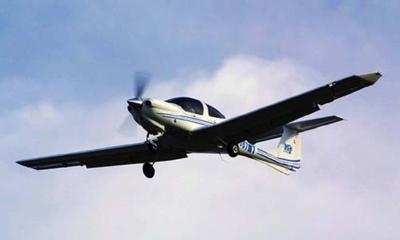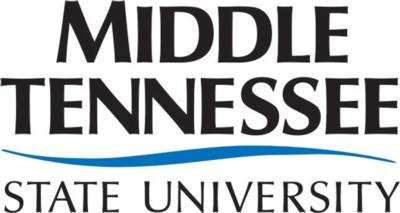MTSU Diamond Fleet Operational Again After Hailstorm
Under the category of 'big surprises' ANN is pleased to learn
that the formerly dour prognostications over the future viability
of a number of aircraft hammered by a recent hailstorm ain't quite
as bad as we feared. Following that sudden and severe hailstorm of
October 17, 2011 that impacted all but three aircraft in Middle
Tennessee State University's (MTSU's) fleet of 20 Diamonds and 5
Pipers, we're told that all but 4 Diamonds have been returned to
service with the remaining 4 aircraft to follow within a few
days.

"There was much public consternation and speculation about the
extent of damage and repairability of the all-composite Diamonds,"
said Peter Maurer, President of Diamond Aircraft.
"From experience, I had a feeling that this would not be nearly
as bad as was being speculated. The composite construction is very
tough and resilient and even the relatively light carbon sandwich
construction of the wing skins performed extremely well.
There were only two outer skin penetrations, limited to the area
of the spars, where the skin panels could not deflect to absorb the
impact of the golf ball sized hailstones, but these damages are
easily repairable."
"We commend MTSU for prioritizing safety and taking a
conservative approach by grounding their fleet, but with 400
students in the program, we knew they needed a very quick
solution," continued Mr. Maurer. "That is why we immediately
dispatched our experts to assist MTSU in assessing the damage,
airworthiness and repairability of the Diamonds."
"The bottom line is that the Diamond airframes suffered very
little damage in comparison to the metal aircraft and the minimal
structural damage that did occur was quickly repaired," said Dr.
Wayne Dornan, Chair of the Department of Aerospace at MTSU. "In
comparison, the metal aircraft are going to be AOG for an extended
period pending repairs, while the Diamond fleet is again fully
operational," said Dr. Dornan.
The key points are:
- While there was much superficial cosmetic damage from hailstone
impact, all but 4 aircraft could be returned to service without
repair, with cosmetic damage to be addressed when convenient.
- One aircraft suffered a cracked canopy, which was repaired
pending permanent replacement.
- Three aircraft required relatively minor repairs to damaged
wing skins, with full cosmetic refinishing deferred to coincide
with scheduled maintenance.

Diamond's aircraft are produced from a low temperature curing
epoxy resin / glass and carbon matrix versus the high temperature
curing pre-preg composites typically used by most other composite
aircraft manufacturers. This reportedly requires much simpler
inspection techniques and much easier in-field repair and return to
service.
With composite aircraft construction becoming ever more common
and frequent questions about the inspection and repairability of
composite airframes, this incident is a very significant and
practical demonstration that attests to the toughness, durability
and in-field repairability of Diamond's composite
construction.
Not only does composite construction allow aerodynamically more
efficient design, the same properties that make the composite
structure so tough and strong, also provide benefits when it comes
to long term durability, overall structural integrity and
crashworthiness.
 ANN's Daily Aero-Term (12.19.25): Ultrahigh Frequency (UHF)
ANN's Daily Aero-Term (12.19.25): Ultrahigh Frequency (UHF) NTSB Prelim: Cirrus Design Corp SR22T
NTSB Prelim: Cirrus Design Corp SR22T Classic Aero-TV: The Red Tail Project--Carrying the Torch of the Tuskegee Airmen
Classic Aero-TV: The Red Tail Project--Carrying the Torch of the Tuskegee Airmen Aero-News: Quote of the Day (12.19.25)
Aero-News: Quote of the Day (12.19.25) Airborne 12.17.25: Skydiver Hooks Tail, Cooper Rotax Mount, NTSB v NDAA
Airborne 12.17.25: Skydiver Hooks Tail, Cooper Rotax Mount, NTSB v NDAA




